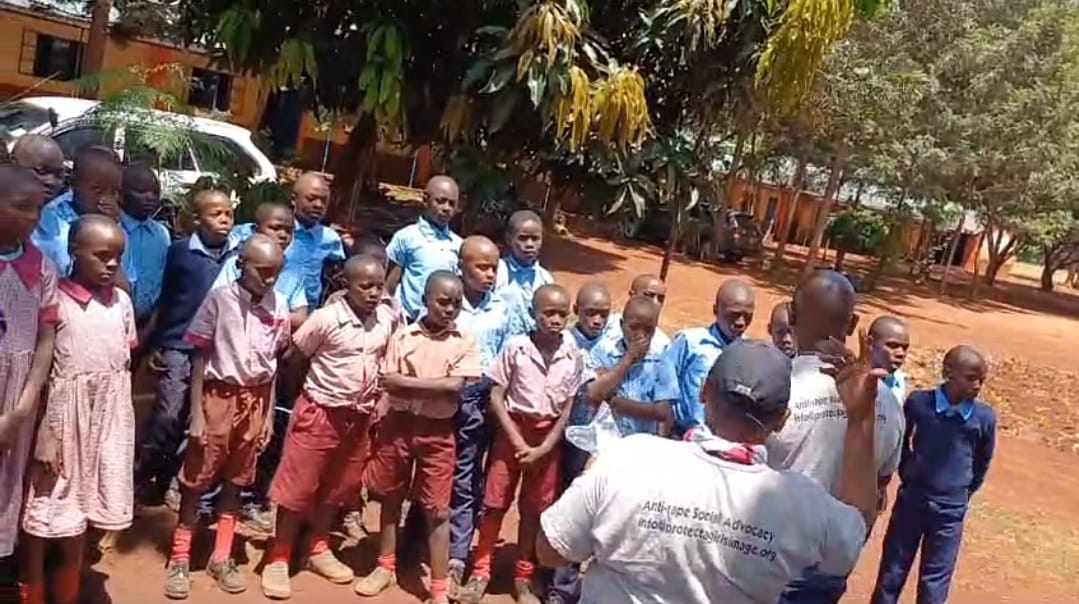How Netflix’s Adolescence Exposes the Dangers of Toxic Online Culture-What Parents & Schools Must Do

Netflix’s drama Adolescence has sparked global discussions about the hidden dangers young boys face online. From social media bullying to the influence of incel ideation, this powerful series sheds light on how digital spaces shape adolescent behavior-and what happens when those influences turn toxic.
At Protect a Girl’s Image Organization, we recognize the urgent need to protect boys from harmful online content, equip parents with knowledge and create safe spaces for emotional growth. As the show highlights, boys are often drawn into negative digital spaces that distort their views on relationships, self-worth and masculinity. But with proactive parenting, education and community support, we can change this narrative.
The Rise of Online Toxicity: What Adolescence Teaches Us
The show follows Jamie, a 13-year-old boy accused of a violent crime. As the story unfolds, we see how:
✔️Social media bullying crushes his self-esteem.
✔️Toxic masculinity and incel culture distort his perception of women.
✔️A lack of emotional support leads him to seek validation in dangerous online communities.
Jack Thorne, the show’s creator, reveals that these toxic influences are often subtle and widespread, lurking in video games, social media and forums where boys feel unheard. This mirrors real-life struggles that many parents may not even be aware of.
Why Are Young Boys at Risk? The Role of Social Media & Incel Ideology
Former England football manager Sir Gareth Southgate recently warned about “callous, manipulative and toxic influencers” shaping young men’s worldviews. But the problem extends beyond famous figures like Andrew Tate-it’s embedded in everyday digital interactions.
⚫Incel culture encourages men/boys to blame women for their struggles.
⚫Gaming and social media algorithms expose them to harmful content.
⚫Lack of emotional guidance makes them vulnerable to radical ideas.
This is a crisis-and it’s happening in our schools, homes and communities. If we don’t act, we risk raising a generation of boys who feel isolated, angry and misunderstood.
Radical Solutions: How Parents, Schools & Communities Can Step in
Governments worldwide are discussing drastic measures, such as:
✔️Banning smartphones in schools to limit exposure to harmful content.
✔️Implementing a digital age of consent (like Australia’s under-16 social media ban).
✔️Stronger online regulations to filter out toxic influences.
But policies alone won’t fix this. We need grassroots solutions. Here’s how:
1. Digital Literacy for Youth
⚫Teach children how to critically asses online content.
⚫Encourage healthy discussions about relationships and self-worth.
⚫Introduce social media safety programs in schools.
2. Parental Awareness & Guidance
⚫Stay informed about what your child is consuming online.
⚫Foster open conversations without judgement.
⚫Set screen-time boundaries and monitor digital interactions.
3. Community Mentorship & Safe Spaces
⚫Encourage positive role models and mentors for young boys/men.
⚫Create support groups where boys can express emotions safely.
⚫Provide early intervention for at-risk youth.
Building Digital Resilience: How We Can Protect Our Children
At Protect a Girl’s Image Organization, we are committed to:
✅Raising awareness about the impact of digital toxicity.
✅Providing counselling and mentorship for young boys.
✅Advocating for policies that protect children from online harm.
But we need collective action. Schools, families and communities must work together to equip young people with the emotional tools they need to navigate today’s digital world safely.
👉What do you think? Should social media be restricted for children? Should schools ban smartphones? Let’s discuss in the comments!
If you’re a parent, teacher or concerned citizen, join us in creating safer spaces for the next generation. Visit our website to learn more about our programs and how you can help.
